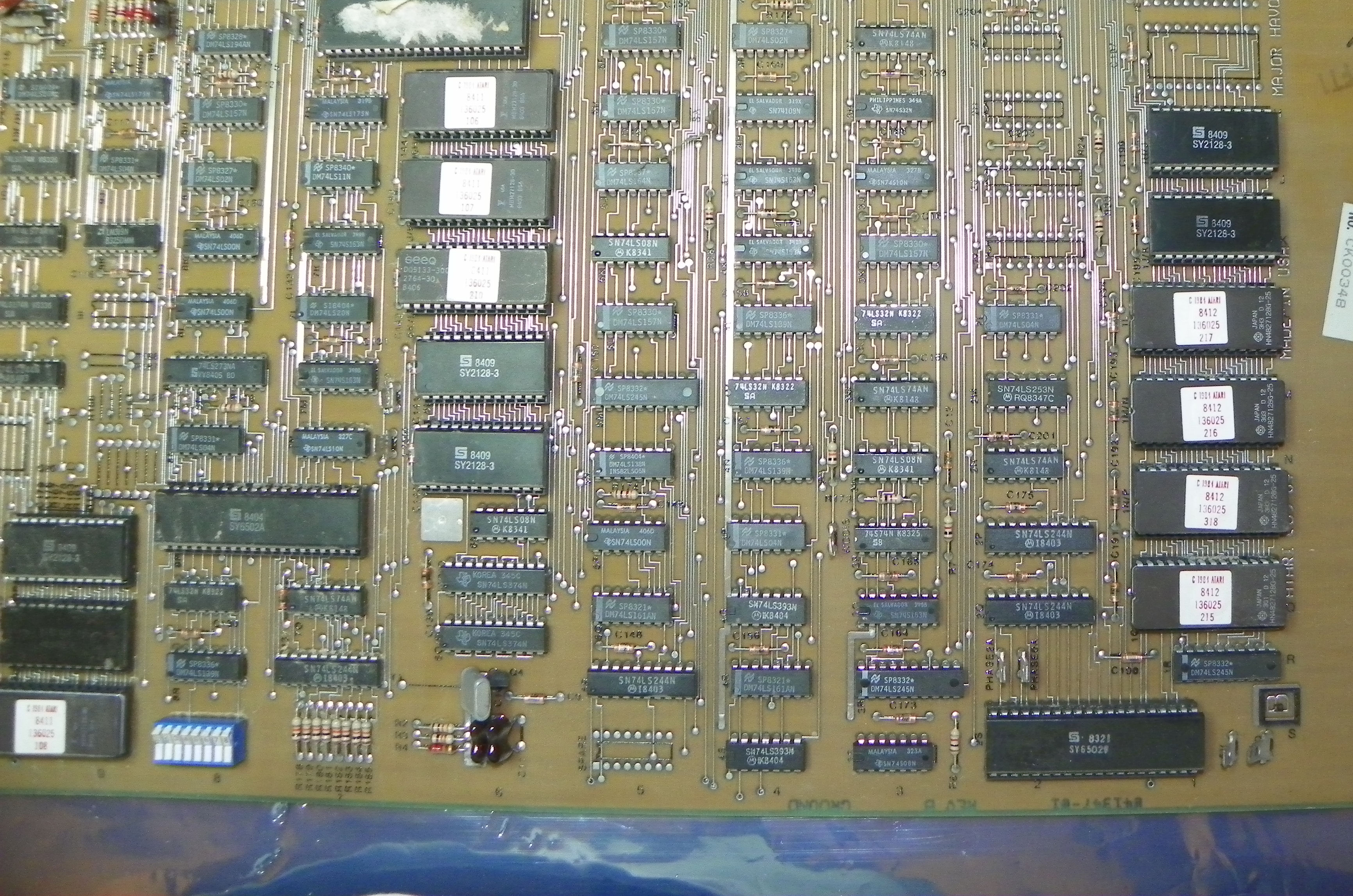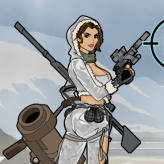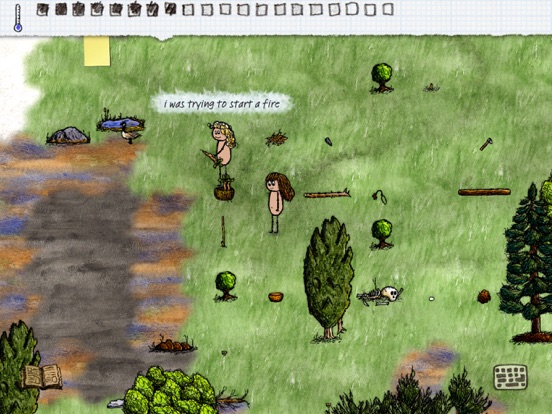Major Havoc Emulator

Play Major Havoc (rev 3) online with Arcade browser emulation for free! Major Havoc (rev 3) (MAME) game rom is loaded with features in our flash, java and rgr plugin emulators. Nothing to configure, we've done it for you!
In arcade collecting circles, the “holy grail” is that one cab. The cab you are always chasing down. It might be the one you played as a kid, or just a very rare machine that always seems just out of reach either in terms of its scarcity, or cost (usually both in my case).There are also some arcade games that are generally regarded as “Unobtainium” for most arcade enthusiasts. Thinking off the top of my head here: Environmental Discs of Tron, Sundance and Quantum would all fall into that category for the majority of collectors.

Most of us would love to own those cabinets, but the reality is that they so rarely turn up, either waiting to be found or out there for sale, that we will most likely never own one, let alone be able to afford the asking price.I think there’s a bit of reverse psychology here too. If I suddenly owned all of the aforementioned cabs, I’d likely struggle to identify another grail. Would that kill some of the mystique and adventure of this hobby?
There’s no doubt that the thrill of the chase is a large part of what we do in pursuit of owning the perfect collection of arcade machines.But if the urge to own one of these elusive cabinets is just too much, what do you do? Faced with climbing prices and collectors holding onto these gems, some enthusiasts have taken matters into their own hands.They decide to build their own.A fellow collector from the USA, Johnny Gallegos, did just that. Atari’s elusive Major Havoc is the cabinet he always wanted.Released in very limited numbers as a dedicated cabinet in 1983, this complex game created by Owen Rubin is regarded as being for the hardcore gamer and collector.
Soon after its release, conversion kits were created, that allowed operators to convert other Atari Vector titles, using the native hardware and controls (it’s not unusual to see a Tempest converted to Major Havoc). The game itself is a combination of a shoot-em-up and maze style, where the player takes on the role of Major Rex Havoc himself, travelling around a galaxy sabotaging reactors hidden deep inside space stations. Here’s a gameplay video which gives a good outline of the game’s objectives. Johnny loved the title:I have always wanted to add Major Havoc to my color vector collection. I love the play of the game and the unique shape of the cab. Out of all the collectible games, this has always been my “grail” game.Johnny has been collecting arcade games for about 17 years. He has now amassed 34 machines, ranging from color raster, color vector and black and white games.
His roster of cabs include Tron, Front Line, Asteroids, Asteroids Deluxe, Track & Field, Tutankan, Donkey Kong, Donkey Kong Jr., Robotron, Space Duel, Gravitar, Star Wars and Space Invaders. The list goes on. My point being, he’s no slouch. So when he decided to build an arcade machine as an exact replica of the original from some 30 years ago, he had some confidence going into the project.I guess there’s two main elements to reproducing a classic arcade machine: The woodworking side of things, and the myriad of component parts; not just the PCB and monitor, but also the artwork, the metal frames, bezels, marquee retainers, controls, buttons and wiring looms.
Any restorer will tell you if one of those parts isn’t right, it will stand out like a sore thumb. You wouldn’t put a set of modern alloy wheels onto an original 1952 Chevrolet Deluxe car you were restoring. Of course not. You’d try to either source the original wheels, or get a 1:1 reproduction made.So this was the challenge that Johnny had. He decided to team up with his cousin Jerry, and they jointly decided to help each other build their own Major Havocs.The project received a major boost from a good friend locally who was willing to loan them his dedicated, original Major Havoc.
They used his game as a guide and template for their own builds. In return, it was agreed that they would fully restore his game. To have an original cabinet to reference at any time made the while process much easier than relying on pictures and assumption for how things fit together.As a long timer in the scene, Johnny had many parts that could be used, but there was much still to obtain.
So as parts became available, they gathered up what they could afford as they came up for sale, but sometimes had to wait to buy what they needed. Over time, Johnny sourced parts locally, from eBay and from the arcade collector forums like KLOV and Vector List.The actual build plans were supplied by a friend in Chicago. These turned out to be very detailed, covering every aspect of the cabinet measurements, angles, sockets and holes. Everything was documented, and was 100% accurate.Armed with this information, Johnny was able to secure the services of another collector, who had experience in building classic cabinets from scratch. He took those plans and was able to churn out the wooden shells to create exact replicas of the original futuristic design of Atari’s engineers:Once home, Johnny unwrapped his swag:Looks good as new. Given the way technology has gone, and the fact that this was almost a one-off piece, it is very likely that the build quality here is better than the cabinets that rolled out of the factory.So it was time to get to work.
With the cabinet indoors, johnny started to populate things with the parts he had accumulated:Rebuilding a cabinet is all about the details. If this was to be a new build, everything had to be proper; right down to the last part. Here, the marquee light mount is being assembled:Another collector happened to be reproducing the metal frames for Atari power bricks. Johnny waited for these to reach production, and snagged one, and got to work populating it with original parts:If you’re looking to lose a whole evening, try rebuilding a coin door. Anyone who’s taken on this challenge, will appreciate just how long this takes:Getting hold of a PCB for Major Havoc is a tough ask, but he managed it:With that secured, he was able to start on the wiring loom and mounting the PCBs:Using the complete cabinet that had been loaned to him, Johnny was able to see and measure accurately where everything went.
Including screw holes to mount the monitor in place correctly:One of the hardest parts to obtain, were the “ears”. These extruded aluminum fins sit on either side of the monitor, and hold the speakers, tempered tinted glass, marquee and tempered clear glass that covers the trans-lite marquee. The only way to source these parts were to get them custom-made, using a process called “aluminum extrusion” from original plans at great expense:Control panel next – again a bespoke part was required here, as the panel itself is unique to the cabinet. Here you can see the overlay artwork being clamped on ready for glue:Bit by bit, part by part the cabinet started to come together:After three years, scouring the world for parts and meticulously building the cabinet down to every last detail, Johnny completed his project:I’m sure you’ll agree it looks absolutely stunning. Oh and the cabinet that Johnny took his measurements from, that he agreed to restore in return? Here’s how that turned out.
Incredible.This huge “home-brew” manufacturing effort was no mean feat. Just sourcing the parts alone was a major task. I just wanted to throw a big thanks out to you.
You were featured on Kotaku for your Centipede restore, which subsequently saw me not get to sleep until 5 a.m. And then have to wake up at 9 a.m. To get to college classes. I had to subscribe immediately. I’m not an arcade collector myself, and it’s not really my thing personally (deep pockets is something I definitely don’t have!), but I love reading this blog.
Your passion for the hobby shines through, and it just thrills me to the bone to read about your restorations (and others!), and the Arcade Raids are some of my favorite posts. I also enjoy your dense knowledge of the industry. I had an incredibly stressful day, and I was absolutely beaming when I checked my emails and discovered you’d made a post.
These are always a joy to read, even for someone outside of the hobby. So, thank you Tony!Liked by.
Gauntlet is a fantasy-themed hack and slash 1985 arcade game by Atari Games. Released in October 1985, Atari ultimately sold a total of 7,848 Gauntlet video game arcade cabinets. It is noted as being one of the first multi-player dungeon crawl arcade games.Originally called Dungeons, the game was conceived by Atari game designer Ed Logg, who claimed inspiration from his son's interest in the paper-based game Dungeons & Dragons and from his own interest in 1983's Atari 800 home computer game Dandy.
Oregon trail iii. The game's development spanned from 1983 to 1985, with a team being led by designers Ed Logg and his colleague Roger Zeigler. The working title became unavailable in April 1985, so it was renamed to Gauntlet in May. With some of the most elaborate hardware design in Atari's history to date, it was the company's first coin-operated game that features a voice synthesiszer chip.The players, up to four at once in the arcade version, select among four playable fantasy-based characters: Thor the Warrior, Merlin the Wizard, Thyra the Valkyrie, or Questor the Elf. Each character has his or her own unique strength and weaknesses. For example, the Warrior is strongest in hand-to-hand combat, the Wizard has the most powerful magic, the Valkyrie has the best armor and the Elf is the fastest in movement.Upon selecting a playable character, the gameplay is set within a series of top-down, third-person perspective mazes where the object is to find and touch the designated exit in every level.
An assortment of special items can be located in each level that increase player's character's health, unlock doors, gain more points and magical potions that can destroy all of the enemies on screen.The enemies are an assortment of fantasy-based monsters, including ghosts, grunts, demons, lobbers, sorcerers and thieves. Each enters the level through specific generators, which can be destroyed. While there are no bosses in the game, the most dangerous enemy is 'Death', who can not only drain a character's health, but is difficult to destroy.As the game progresses, higher levels of skill are needed to reach the exit, with success often depending on the willingness of the players to cooperate by sharing food and luring monsters into places where they can be engaged and slaughtered more conveniently.4 While contact with enemies reduces the player's health, health also slowly drains on its own, thus creating a time limit. When a character's health reaches zero, that character dies. The character can be revived in place with full health by spending a game credit (i.e. Inserting a coin) within a certain short time window after it died.
 However, sales improved over time. He rated the game 9/10.One Hour One Life had poor sales figures at its Steam launch, selling 315 copies compared to 2400 for Rohrer's The Castle Doctrine.
However, sales improved over time. He rated the game 9/10.One Hour One Life had poor sales figures at its Steam launch, selling 315 copies compared to 2400 for Rohrer's The Castle Doctrine.
This allows even the least proficient players to keep playing indefinitely, if they are willing to keep inserting coins.Aside from the ability to have up to four players at once, the game is also noted for the narrator's voice, which was produced by a Texas Instruments TMS5220C speech chip.4 The narrator frequently makes statements repeating the game's rules, including: 'Shots do not hurt other players – yet', 'Remember, don't shoot food!' , 'Elf – shot the food!' , and 'Warrior needs food – badly!'
Occasionally, the narrator will comment on the battle by saying, 'I've not seen such bravery!' Or 'Let's see you get out of here!' When a player's 'life force' points fell below 200, the narrator states, 'Your life force is running out', 'Elf needs food', or 'Valkyrie. Is about to die!' To accommodate up to four players, the control panel is wider than other standard uprights. Each player has a joystick and two buttons, one for 'Fire' (ranged attack) and one for 'Magic'.
The Magic button also starts the game. After Gauntlet's release, other games started using this design, so it was a popular conversion target for newer games after it had its run.It is possible to play the original version of the game with a hypothetically unlimited amount of time on one credit, especially with the Warrior and Wizard. A ROM update was released, reducing the 'extra shot power' and 'extra shot speed' powerup bonus for Warrior and Wizard, and adding a new points-based difficulty counter to the game. The difficulty counter makes the game more difficult, in 16,384-point steps, which removes more designated food from the levels, and made the monsters respawn faster. However, this means that on the default game difficulty of 4, it is almost impossible to pass levels 1–7 without dying, and level 4 was designed so that some of the food drops would block the monsters from swarming the player.
This is because the game removed some of the 'default' food for playing solo; on difficulty level 0, at least one food placement was removed from every single level (at low scores), and on difficulty 4, two or three food drops were removed. This greatly increases the game's difficulty, unless the machine is set to difficulty 0. Instead, the game gives bonus food for three or four players playing together. (Three players gave all of the default food, while four gave extra food in random locations.)This was later refined for Gauntlet 2, so that Valkyrie and Elf would not receive extra food removal penalties, and only Warrior and Wizard would receive the extra penalties. Valkyrie and Elf would receive all of the default food that the current difficulty setting plus points difficulty scaling would allow, although Valkyrie would receive the fewest food penalties at higher (non-point based) difficulty levels. Elf would get some food removed at difficulty levels 6 and 7. The game still gave extra food for three or four players playing together.
Developed byReleasedAlso ForPublished byPerspectiveGenreSettingGameplayDescriptionGauntlet is an action game where players choose characters and fight their way through hordes of enemies that assault them on the way to the end of the level. One or two players must make their way through 100 levels of mayhem and magic.The game features a choice of four characters to play with, each with different weapons.
Thor the Warrior has a bludgeoning battle axe, Thyra the Valkyrie has a close range sword, Questor the Elf has his long range bow, and Merlin the Wizard has magical bolts.Ghosts, goblins and even the life-draining Death are among the enemies. Enemies stream out of generators, so destroy these before tackling the rest.Keys are needed to open the many doors within the levels, and in some situations a door will contain only bonus items, not a progressive route. Scattered magic potions act like smart bombs and clear the screen of all enemies.
Beware of poison though, this reduces the character's energy level.Treasure is abundant throughout the levels and adds to the player's score.From Mobygames.com.